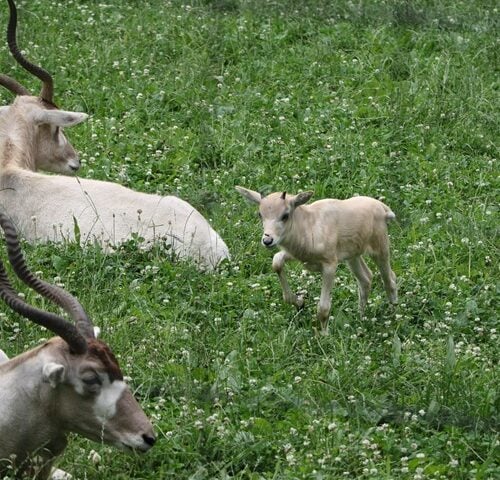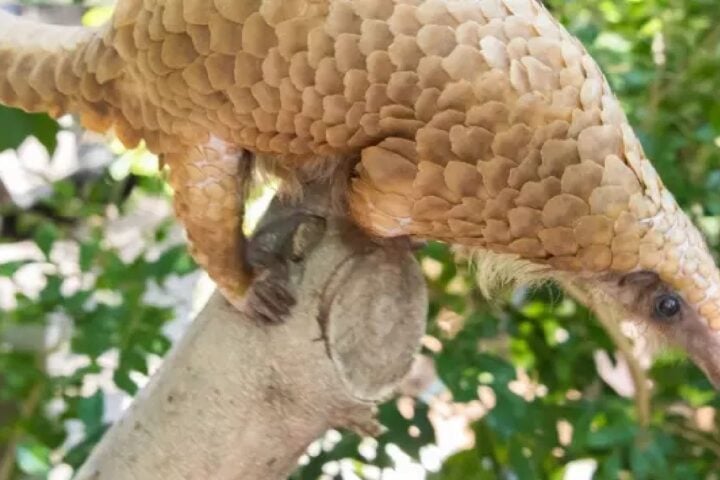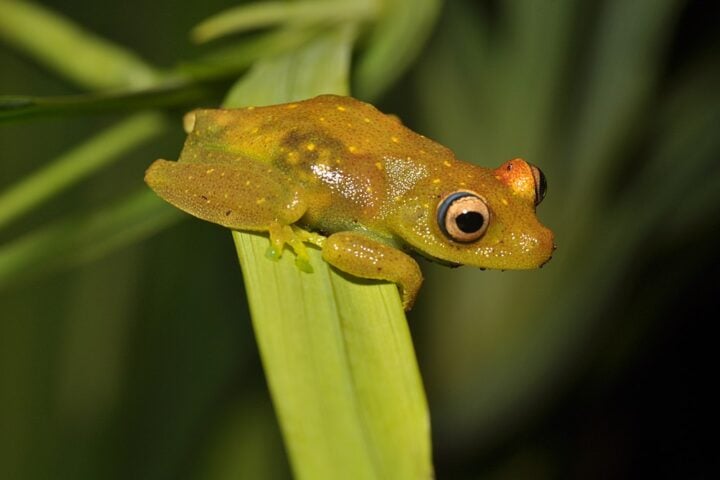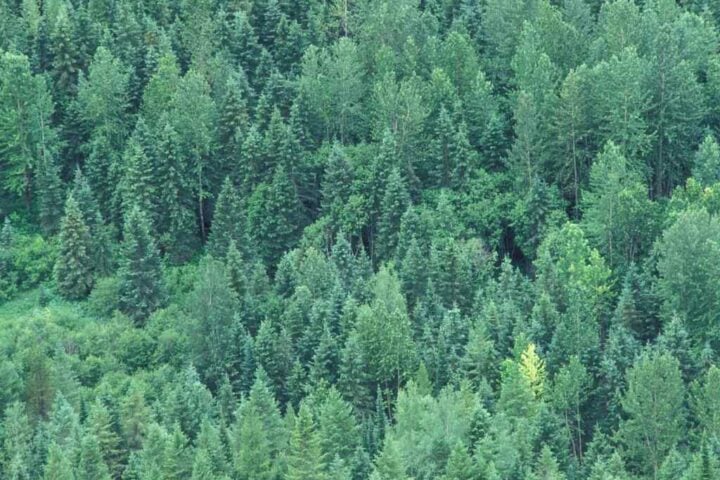In nature, the fittest survives. The baobab tree is one of the best examples of how to survive in harsh conditions. Its scientific name is Adansonia digitata. It is a deciduous tree that can grow up to 100 feet tall and can live for up to 3,000 years. It is also known as the ‘tree of life.’
It is a vital part of the African savanna ecosystem and also grows in India. According to Mridula Ramesh, an eco-lover author, there is an African tale about the baobab tree. The tale is as follows: The Gods were angered by this tree’s arrogance in coping with drought. They ripped it from the Earth and flung it upside down. The tree had the last laugh. It continues to survive.
Baobabs can grow to be 20-100 feet tall and can have a circumference of up to 165 feet. Baobabs have thick trunks made of fibrous wood in concentric rings. These rings store water from the rainy season. Water is stored in the trunk.
Similar Post
The root system of baobabs helps the soil to stay humid, recycles nutrients, and slows erosion. This tree has thick bark which protects it from bushfires. Baobabs have large, whitish flowers that open at night. The baobab fruit can grow up to a foot long and contains vitamin C. It can be eaten directly, soaked in water to make a drink, or roasted and ground into a coffee-like drink.
The baobab tree has over 300 uses, including food, water, and shelter for many animals and insects. They grow in low-lying areas of Africa and Australia. In India, baobabs have been recorded in Mandy, Prayagraj, Wai, and Rajapalayam.
This tree is called ‘tree of life’ in Africa as it gives shelter to life and also survives in the harshest weather. One can be inspired by this tree to survive in all types of conditions in life. In short, the baobab is a sign of hope for mankind. Baobab is one of the wonders of nature.
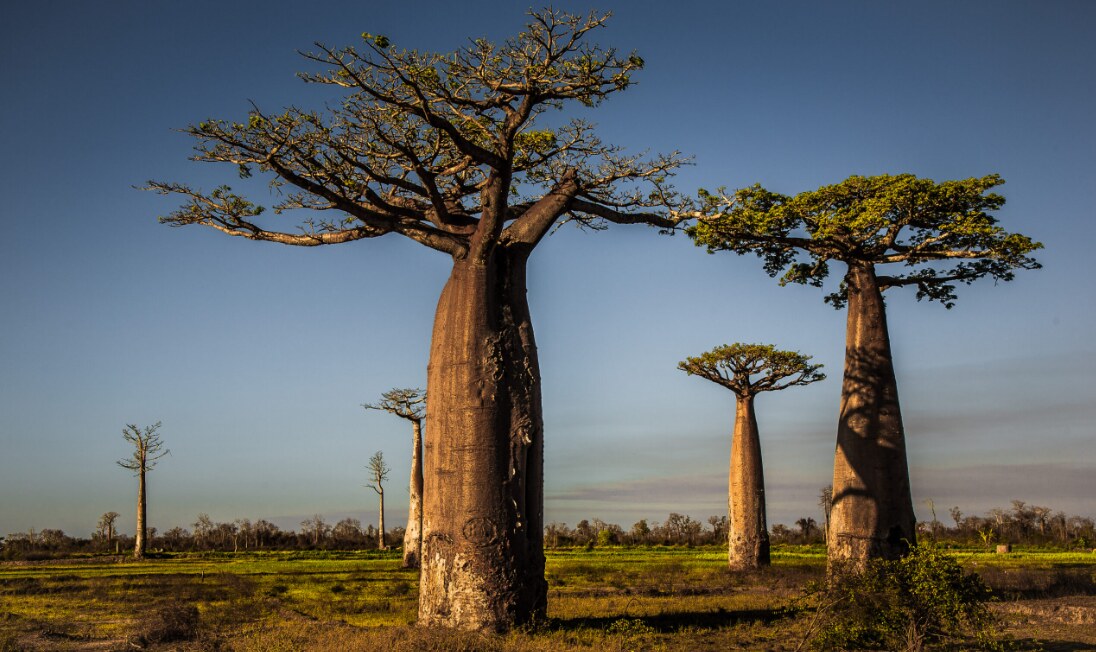
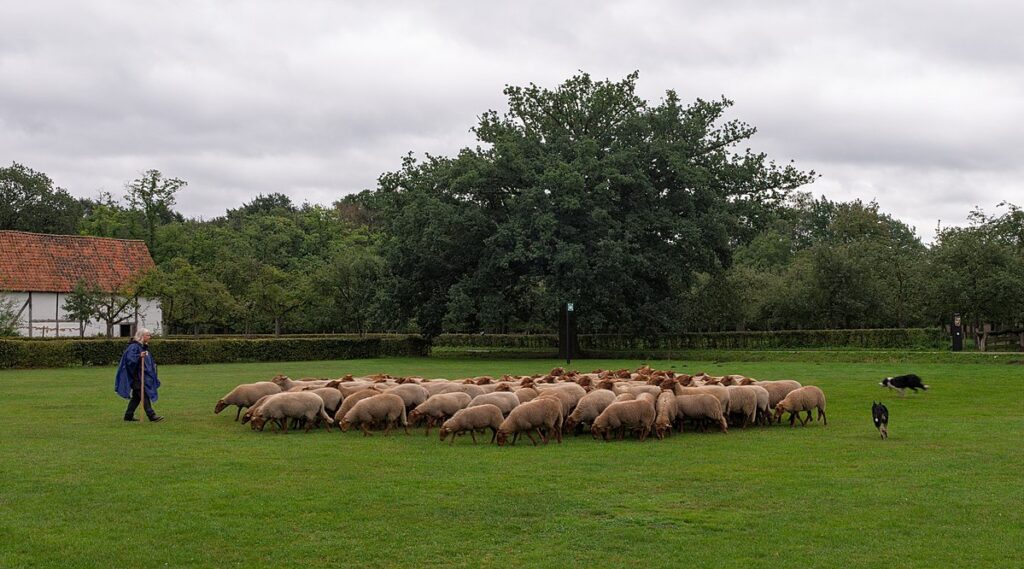







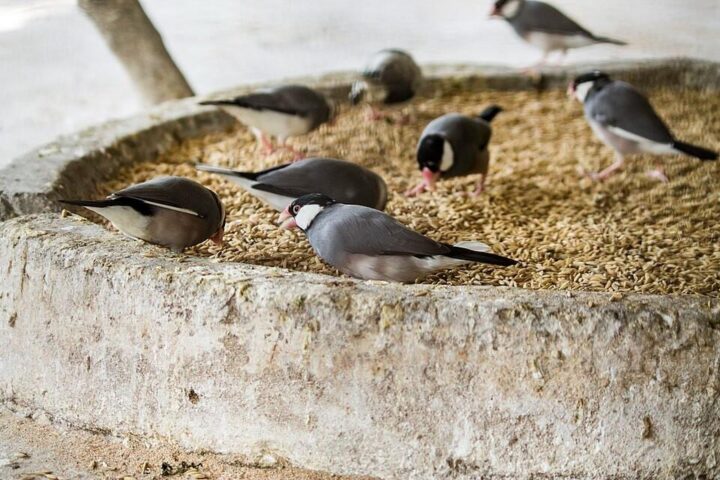

![A male [[Great white shark]] off [[Isla Guadalupe]], [[Mexico]]. Along with many [[Mackerel scad|Mackarel scads]] seen in the background. Photo Source- Terry Goss (CC BY-SA 3.0)](https://www.karmactive.com/wp-content/uploads/2025/06/White_shark-720x480.jpg)
